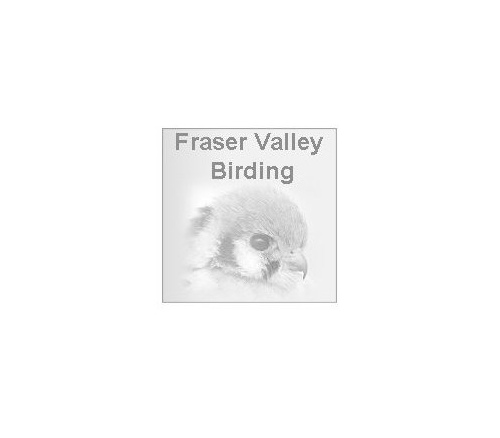|
||||||||||||||
|
|
||||||||||||||
|
Status in the Checklist Area - Fairly Common
|
|||||||||||||||||||||||||||||||||||||||||||||||||||||||||||||
|
|
|||||||||||||||||||||||||||||||||||||||||||||||||||||||||||||
|
Information |
||||||||||||||||||||||||||||||||||||||||||||||||||||||||||||
|
Breeds in the far north of North America in tundra ponds and lakes. Winters within North America. Breeding pairs have a long-term bond. Young remain with their parents for their first year. Mixes with the more common Trumpeter Swan at feeding and roosting sites. Typically arrives to our area in early November and will leave for their breeding grounds by March and will usually be gone by early April. Formerly known at Whistling Swan. Neck collars used for scientific study and these birds are sometimes encountered. Similar species: The Bewick's Swan subspecies has a large yellow patch on the bill that goes partially or completely over the top of the bill. Otherwise, they are the same as the Tundra Swans we see here. (see photos below) Sources: |
|||||||||||||||||||||||||||||||||||||||||||||||||||||||||||||
Noteworthy Data |
|||||||||||||||||||||||||||||||||||||||||||||||||||||||||||||
|
|||||||||||||||||||||||||||||||||||||||||||||||||||||||||||||
Photographs |
|||||||||||||||||||||||||||||||||||||||||||||||||||||||||||||
 |
 |
 |
 |
 |
|||||||||||||||||||||||||||||||||||||||||||||||||||||||||
 |
 |
 |
 |
||||||||||||||||||||||||||||||||||||||||||||||||||||||||||
 |
|||||||||||||||||||||||||||||||||||||||||||||||||||||||||||||
| Audio and Video | |||||||||||||||||||||||||||||||||||||||||||||||||||||||||||||
| Video Text | |||||||||||||||||||||||||||||||||||||||||||||||||||||||||||||
Back to Species List |
|||||||||||||||||||||||||||||||||||||||||||||||||||||||||||||
|
|||||||||||||||||||||||||||||||||||||||||||||||||||||||||||||

